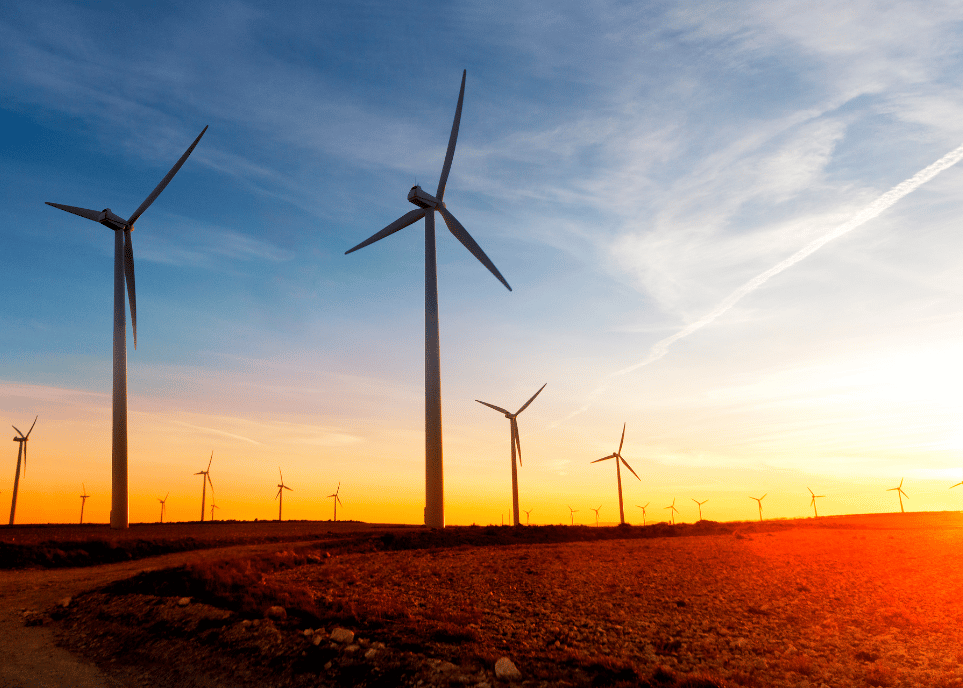
Renewable energy has been an important part of the global energy mix for decades. According to the U.S Energy Information Administration (EIA), over a fifth of all electricity will come by the end of 2022 from renewable energy sources such as hydropower, wind, and solar. Before this year, the main energy producers in the U.S. came from natural gas, such as coal and petroleum. While these energy sources are cheaper and easier to use, they have terrible effects on the environment, worsening air pollution and the adverse effects of climate change. With the increase in renewable energy sources, not only will producing energy become more efficient, but it won’t harm the environment. So, how exactly do all these renewable energy sources work? Listed below are the three renewable energy sources and how they will positively impact the future of the environment.
Hydropower
Hydropower is one of the largest renewable energy sources and works by using the flow of moving water to generate electricity. According to the Office of Energy Efficiency & Renewable Energy, hydropower accounts for 31.5% of total U.S renewable energy generation and close to 6.3% of total U.S electricity generation. There are many benefits to using hydropower to generate electricity. For example, it is much more affordable than other energy sources as it relies on moving water. It is also a pure form that can generate instant energy and is reliable when electricity outages occur.
Wind Power
Wind power is generated by wind turbines using spinning blades to collect the wind’s kinetic energy. All turbines are connected to a shaft that is transferred to an electric generator. The energy that is produced than is converted to electricity and is delivered to a power grid and powers homes, buildings, and more. That may seem more complicated than it is, but the wind turbines generate electricity that is eventually transmitted to any users relying on that energy. According to the EIA, wind turbines generate roughly 9.2% of total electricity generation. Fortunately, wind power is both efficient and reliable, as thousands of wind turbines are distributed throughout the U.S.
Solar Power
It was reported that since 2019, solar and wind power have grown by 58% in the U.S. alone. However, solar power accounts for a lot less electricity than other renewable sources provide. The EIA states that solar power accounts for only 5% of electricity generation in the U.S. as of 2022. Solar energy is generated by solar panels that convert sunlight energy to electricity. Solar energy is not as widely used as other renewable sources because it isn’t as reliable due to the inconsistency of sunlight, and it is more expensive. Regardless, solar power still is an environmentally friendly and efficient energy source to use to generate electricity.
Conclusion
As climate change continues to be a global issue, it is vital to do everything in our power to lessen the effects and help create a sustainable future. Luckily, the discovery and usage of renewable energy has surpassed the usage of natural gas and is expected to continue growing in the U.S.
Go to the Energy Information Administration (EIA) website to learn more about renewable energy sources and how they will help create a more sustainable future, go to the Energy Information Administration (EIA) website. For more information about MedPro Disposal, click here.


